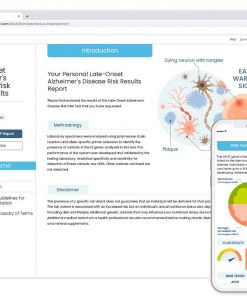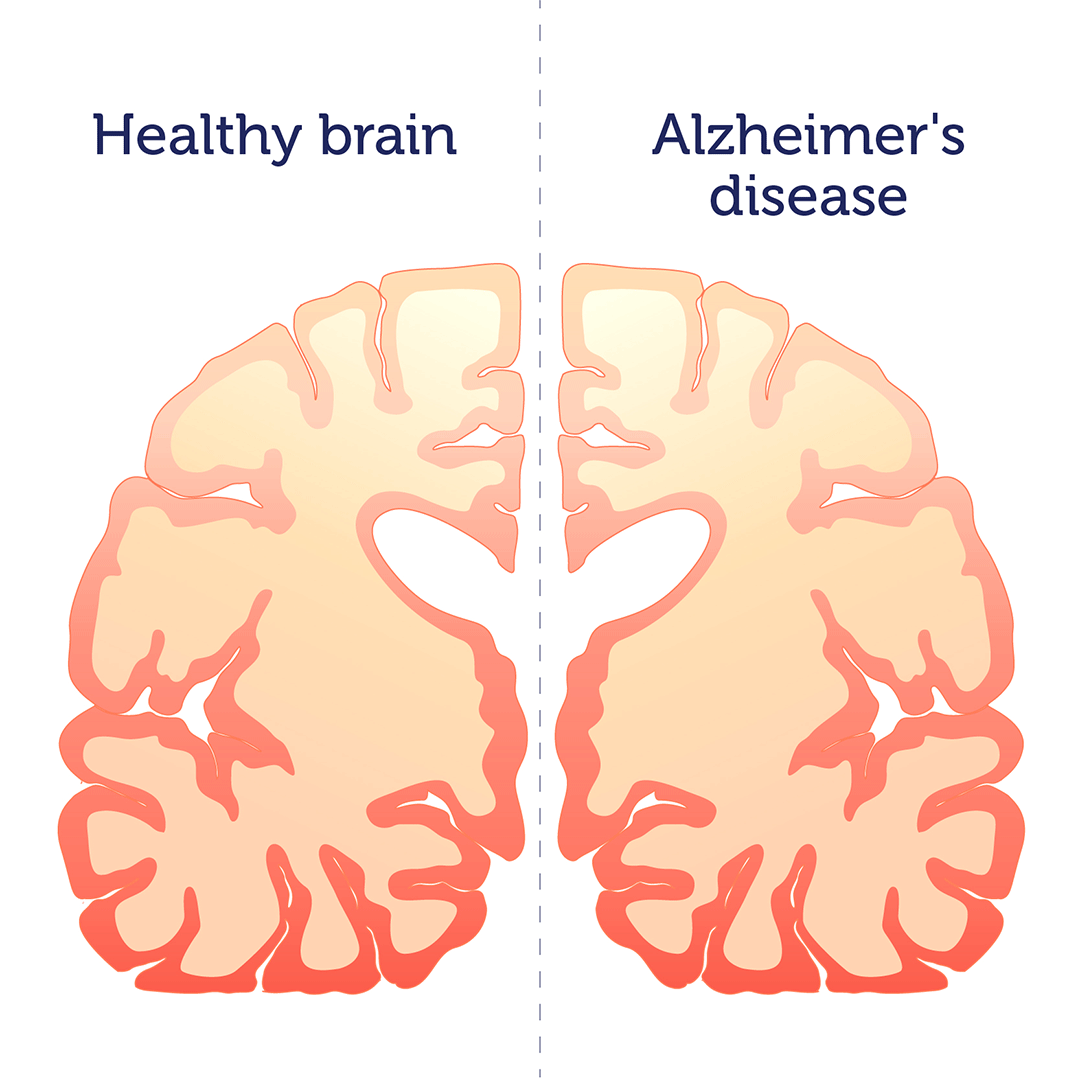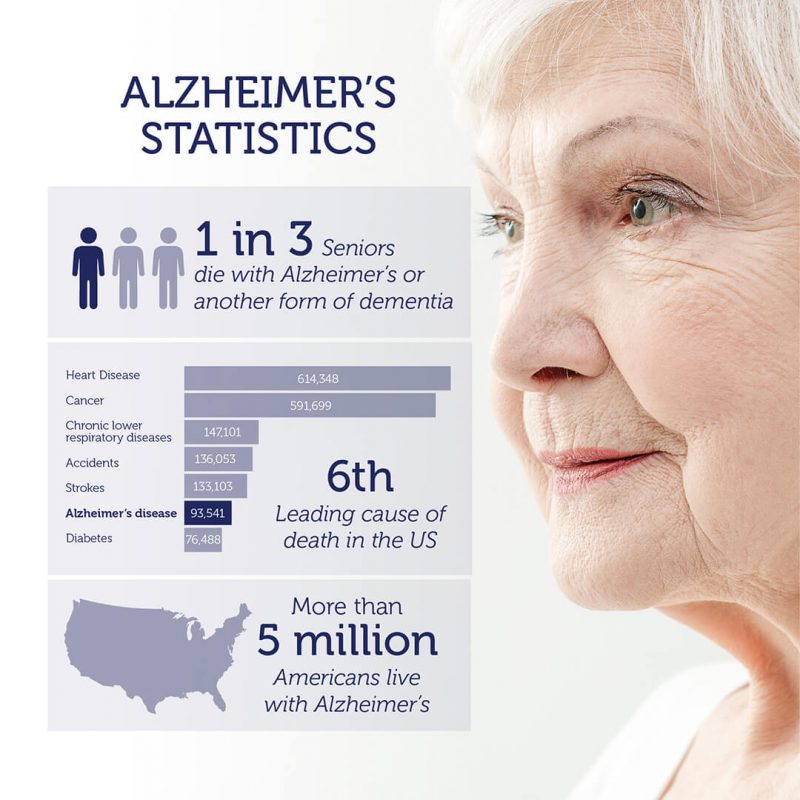DNA Alzheimer’s Disease Test
Does late-onset Alzheimer’s disease run in your family?
Find out if you are at risk with this DNA Test.
- Detects the APOE e4 variant strongly linked to late-onset Alzheimer’s
- Individuals with the variant have a 3X to 15X increased risk
- 100% private and confidential online results
- Are you at increased risk of Alzheimer’s disease?
If you already took the DNA Alzheimer’s Disease Test, login to your DNA Access account to access this app.
If you have not taken the DNA Alzheimer’s Disease Test, take the DNA test to access this app.
$195, results in 5 to 7 business days








